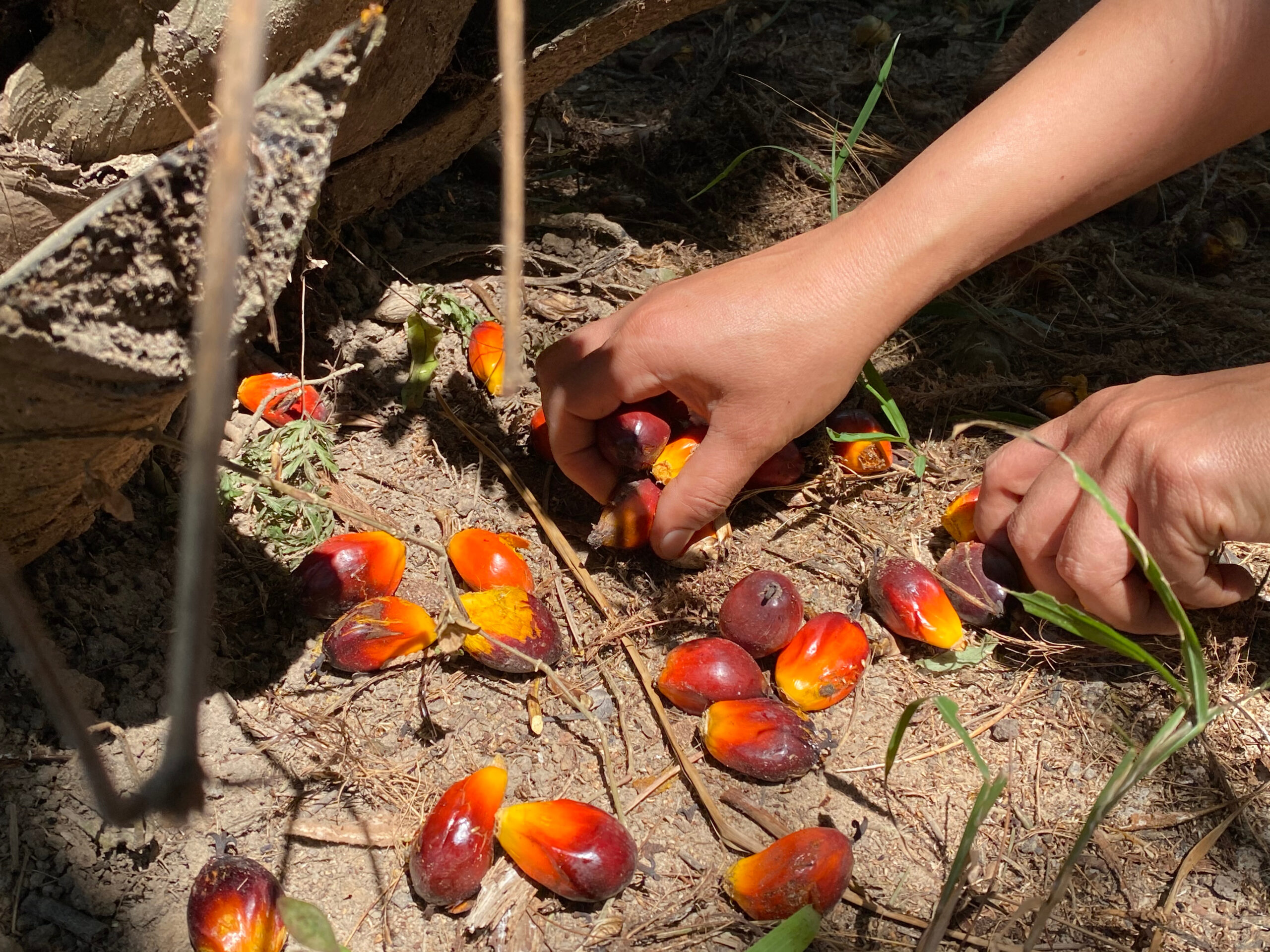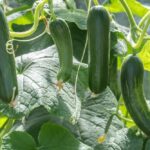Text Laura Bergshoef
So shows a new large-scale study that WUR researchers collaborated on. If these farmers can close their yield gap, they will prevent the loss of even more vulnerable ecosystems due to the growing global demand for palm oil.
You probably showered with it this morning, ate some in your breakfast, and maybe even smeared some on your face. Palm oil is the most commonly used vegetable oil in the world. It comes from the fruit of the oil palm, and to keep up with the growing demand for it, vulnerable ecosystems are often turned into palm oil plantations. This poses a threat to biodiversity and the climate. An international research team, including WUR researchers, is targeting a new way of boosting production in Indonesia, where roughly two thirds of our palm oil currently comes from.
Instead of creating even more plantations, the farmers could get far bigger yields from the existing plantations, concluded the researchers in Nature Sustainability. By managing their land more efficiently, farmers would not only save a lot of hectares of forest – thereby keeping CO2 emissions down – but would also benefit financially themselves.
Weeding
Before reaching this conclusion, the researchers first collected all kinds of data about the weather and the soils in Indonesia, focusing particularly on the small farmers who manage 42 per cent of the land used for growing palm oil. They fed that data into crop models to simulate the potential harvest. This way they discovered that current yields are on average only 53 per cent of the potential yields.
Palm oil farmers often use fertilizers meant for rice plantations because they are subsidized
The researchers also studied how farmers could bridge that gap. First of all, they could adapt their harvesting methods. By weeding around the oil palms better, they would see the fallen fruits better that tell them where the fruit is ripe. That way they can avoid picking too much unripe, unusable fruit. The farmers should harvest more frequently too: every 10 days instead of every 20 days. That way they limit the amount of overripe fruit plucked.
Secondly, the farmers could boost their harvests by using more appropriate nutrients. ‘Up to now, farmers have often used fertilizers meant for rice plantations, because they are subsidized by the government,’ says Maja Slingerland of WUR, who has been involved in the study. ‘We are trying to get the government to subsidize fertilizer meant for palm oil plantations.’ The researchers are now writing a handbook for the farmers, in collaboration with local partners.

 Oil palm fruit on a plantation in Indonesia. By weeding around the oil palms better, farmers can see the fallen fruit better that tells them where the fruit is ripe, say the researchers. Photo Shutterstock
Oil palm fruit on a plantation in Indonesia. By weeding around the oil palms better, farmers can see the fallen fruit better that tells them where the fruit is ripe, say the researchers. Photo Shutterstock 

